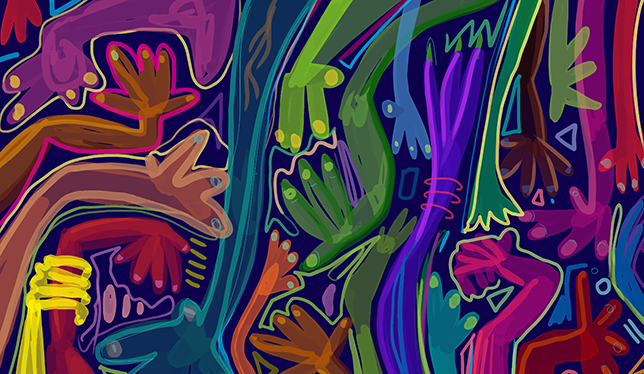Is this a new era for our universities?
After several stages of evolution, the very definition of a university could be changing.
As a historian, I tend to look for clear markers to make sense of the way things evolve. Looking at universities in Canada, this has been pretty straightforward. With a few exceptions, our universities developed in three distinct stages. The question now is whether we’re passing through a fourth stage. I believe we are, although we don’t know the full implications.
The first stage came in the colonial era. Small institutions, including familiar names like Dalhousie, Toronto, Laval and Queen’s, struggled into existence. They were inadequately funded and often religiously affiliated. Far from the major research institutions they are today, they operated on a shoestring and in some cases intermittently closed their doors before settling into a permanent existence.
As I said, they were small. In 1871, fewer than 1,600 university students were enrolled in all of Canada. At a time when most people left school around Grade 9, a university education was incomprehensible to many. So there wasn’t much need to expand. No new universities were created between 1867 and the beginning of the 20th century.
The second stage accompanied the great economic boom of the early 20th century. Almost simultaneously, the universities of Saskatchewan, Alberta and British Columbia sprang into existence. These were provincial institutions with an unabashed tinge of boosterism and grand expectations. Meanwhile, in the east, new universities were being built while the older ones began forsaking their religious affiliation in favour of a more lucrative affiliation with the province.
Then, depression and war meant that the creation of universities just stopped. The number of Canadian universities in 1950 was practically unchanged from what it had been in 1925. That was about to change.
There are many reasons for the massive explosion of the third stage in university creation. The rise of research and of highly trained professions, an expanding middle class and urbanization all contributed. However, the great force was the baby boom. Through the 1960s, universities were created from whole cloth (York, Simon Fraser), expanded from small colleges (Victoria, Carleton) or spun off from other institutions (Calgary, Waterloo). Existing universities expanded beyond all recognition. By the early 1970s the landscape had been transformed. Then, once again, things settled down.
Recently, two sets of events seem to herald a new stage in the evolution of Canadian universities. The first, mainly in the west, is the elevation of colleges into universities, often with a restricted mandate. In Alberta, MacEwan College and Mount Royal College have become universities. In British Columbia, five “special purpose” universities were established out of former university colleges. In both provinces, these institutions have limited research roles and differ in mandate and programs from traditional universities.
The second set of events is marked by the expansion of universities to new locations. In Ontario, universities like Lakehead and Wilfrid Laurier established branch campuses to allow local access to some programs. Distributed medical programs in British Columbia and Ontario are perhaps the most ambitious attempts to reach out to new communities.
The implications of these changes are uncertain. On the face of it, something radical is happening. Universities are branching out to serve very local audiences. Governments have deliberately given research a secondary role in many of the new institutions. Hybrid models combining university education with trades raise interesting questions around collective agreements. The very definition of a university could be changing.
Yet, there are doubts. First, this is a phenomenon largely restricted to three provinces, Alberta, B.C. and Ontario. Second, the change is much less dramatic than the baby boom explosion. Finally, all of the rhetoric around special purpose or distributed programs may be transitory: Governments like to issue such restrictions to avoid the spectre of high-cost graduate and research programs, but highly trained faculty and institutional ambition work in the opposite direction. The evolution of Ryerson from polytechnic to full-blown university may be the real harbinger of the next 20 years.
Whatever the future brings, something has happened that makes the early 21st century a distinct era in university development. The changes will have implications for students, universities, governments and bodies such as the Association of Universities and Colleges of Canada.
Doug Owram is deputy chancellor and principal of UBC Okanagan. He is also a Canadian historian and member of the Royal Society of Canada.
Featured Jobs
- Psychology - Assistant Professor (Speech-Language Pathology)University of Victoria
- Canada Excellence Research Chair in Computational Social Science, AI, and Democracy (Associate or Full Professor)McGill University
- Veterinary Medicine - Faculty Position (Large Animal Internal Medicine) University of Saskatchewan
- Education - (2) Assistant or Associate Professors, Teaching Scholars (Educational Leadership)Western University
- Business – Lecturer or Assistant Professor, 2-year term (Strategic Management) McMaster University











Post a comment
University Affairs moderates all comments according to the following guidelines. If approved, comments generally appear within one business day. We may republish particularly insightful remarks in our print edition or elsewhere.